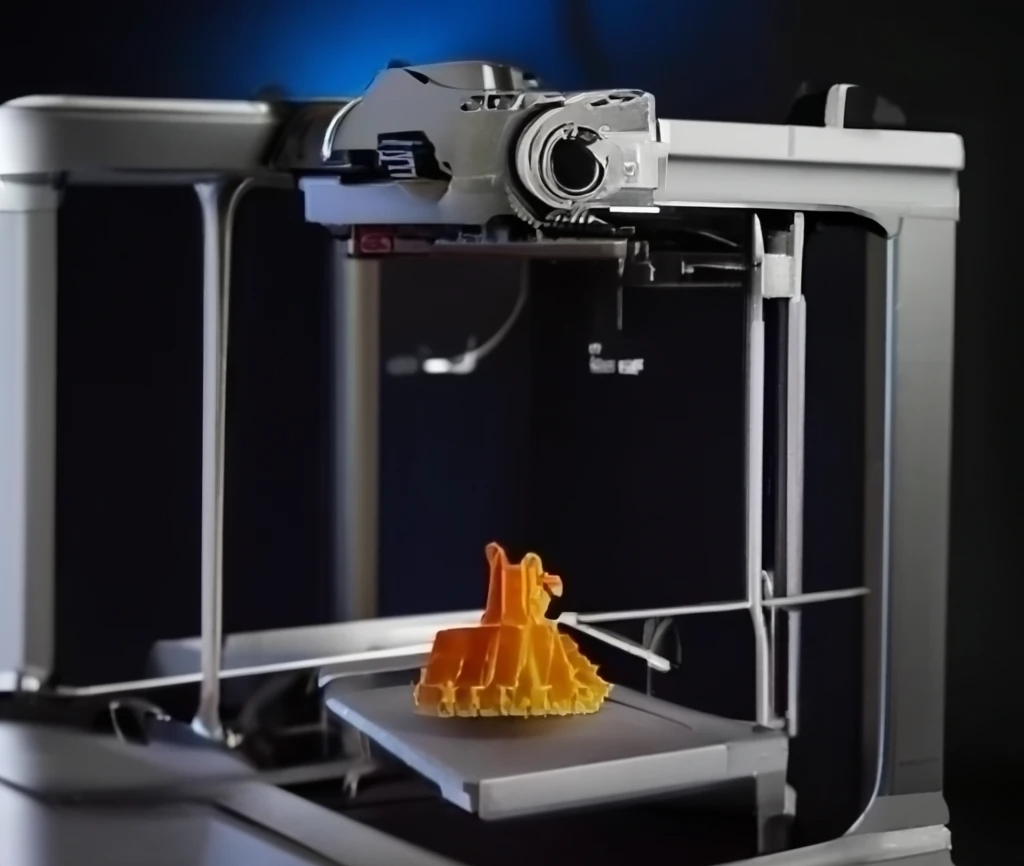
Most of us are more concerned with finding furniture that we enjoy (and finding the money to buy it!) than we are with finding sustainable furniture. But these efforts shouldn’t be mutually exclusive. One company, Krill Design, a forward-thinking Milan-based company, is proving that it’s possible to have it all. Founded in 2018 by three architects, Krill Design envisions a world where furniture doesn’t meet its end but rather undergoes a perpetual cycle of reuse and recycling and they have a groundbreaking biomaterial, Rekrill, to serve this vision.
The secret behind their eco-friendly furniture lies in the utilization of discarded fruit peel, orange seeds, and coffee ground waste – materials often relegated to landfills. This innovative approach not only minimizes waste but also produces a patented plastic-like biomaterial that Krill calls Rekrill.
The manufacturing process involves drying and crushing the food waste into a fine powder, which is then combined with a biodegradable plastic alternative known as polyhydroxybutyrat (PHB). The result is a versatile filament that, when fed into a 3D printer, offers an amazing range of stylish and functional products such as bookends, stools, clocks, bowls and more.
Krill Design’s commitment to sustainability extends beyond the crafting of furniture. Through collaborations with renowned brands like Sanpellegrino and Four Seasons, and participation in initiatives like Co.ffee Era in Milan, Krill has demonstrated the versatility of Rekrill in creating wine coolers, trays, drink holders, and organizers.
Of course, at the moment, the major downside to Rekrill is its cost as compared to conventional plastics; obviously, the environmental benefits are undeniable, and the model for other companies and for Rekrill’s own designs, outstanding. For every kilogram of Rekrill utilized, one kilogram of carbon dioxide is offset, making it a compelling choice for those who prioritize eco-conscious living.
It will be interesting to see how the world opens up and changes as Rekrill continues to use environmental concerns, 3d printing and other options for furniture design. And to watch others follow suit.
